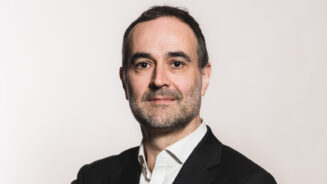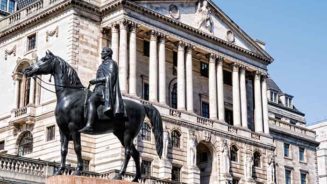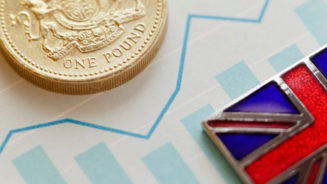Mould says AJ Bell decided against going down the smart beta route, or using actively managed strategies.
“We wanted to keep it fairly vanilla to start off with. Where we could we went accumulation, rather than income units, again to benefit from compounding and the long-term power that you get through holding assets over a long period of time.”
However, the filter process meant that AJ Bell could not get accumulation units across the board. The final filter was that the ETF needed to be one of the three cheapest that met all the other criteria.
The back testing was over a 10-year time scale to make sure the difficult 2007-09 period was thoroughly captured.
Best performer
“On the back-test, the cautious portfolio did not have one down year, balanced had one and adventurous had two. Even during 2008 the cautious portfolio managed to squeeze out a small positive total return, which was what we were hoping it would do.
“When we set off on this journey, our biggest worry was that the cautious portfolio would turn out to be more risky than everybody assumed.
“The one thing that we did not want was that interest rates would be jacked up, bonds would sell off quickly and there would be capital losses so that would offset the benefit of the coupons, which could have happened.”
As it turned out, there was a US Federal Reserve rate rise in December, but bond yields rattled down to new lows and, he says, over the first four months of the life cycle of the product the cautious portfolio has performed the best.
Turning to asset mix, the blend is essentially equities and bonds, though Mould says there were internal discussions about including commodities, such as a gold ETF. The trouble was that they were non-Ucit and therefore did not meet the criteria.
“We then agonised over a broader commodities basket. We looked at things such as high-yield debt, for example, so we did cover a lot of bases. There are ETFs that track hedge funds and all sorts of other more esoteric areas, which can potentially provide useful diversification. But we wanted, at least with this initial offering, to keep it simple, vanilla and transparent.”
On the question of how to deal with currency movements that might affect returns, one of Mould’s specifications was, as mentioned earlier, that the ETFs were sterling-denominated instruments
“Nobody knows which way currency is going to go and, as Mervyn King, the former head of the bank of England, once said, ‘Only a fool would probably try and predict where they are going to go’. What we tried to do in going for sterling-denominated instruments was to give people one less thing to worry about.”
Cutting through the noise
Finally, what is Mould’s outlook for the different sectors in 2016, and what sort of returns is he anticipating could be achieved from the three risk-graded portfolios?
In the four months since inception, he says cautious achieved a total return of 3%, balanced just over 2% and adventurous -1%, which is what he hoped for, given the volatility and the wild swings over this period.
“Markets are still confused, torn between whether we are going to get a downturn, even a deflationary one, or whether central banks will achieve their ultimate goal of getting towards 2% inflation and a healthy recovery, and they continue to flip flop between the two.
“We do not know the answer, as nobody has a crystal ball, but the portfolios at the moment are providing what seems to be an appropriate level of diversification.
“Based on my personal history, I think this year is going to remain difficult and noisy. Economically, we are in a low interest rate, low inflation, low growth world, potentially for some time to come, simply because the global debt burden has not yet been paired off or adequately resolved.”




